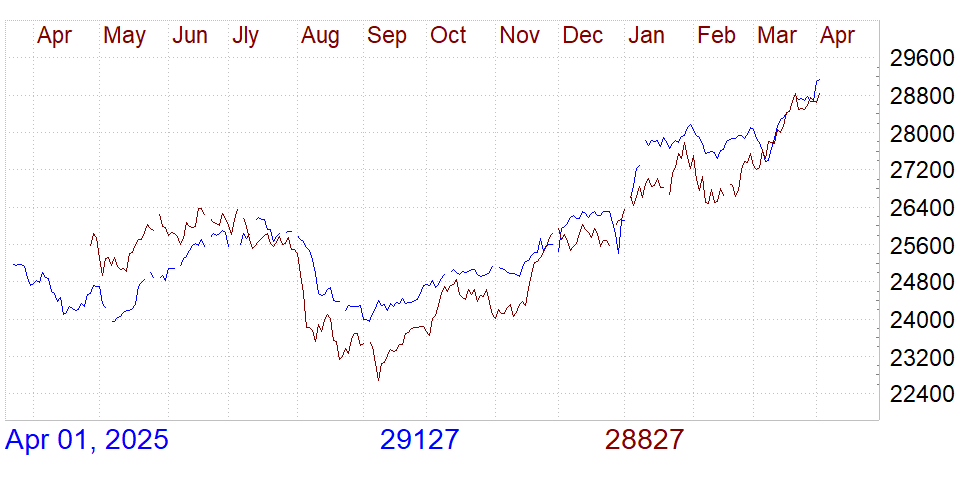

For the year-to-date total cattle export figures are operating 12% ahead of the same period last year despite some interruptions to the trade. The live export trade continues to provide an important alternative market outlet for the Irish livestock industry. The Irish prime composite cattle price for week ending June 4th, 2023 was €5.15/kg deadweight excluding VAT, compared with the EU prime export benchmark (excluding UK) of €4.71/kg. (Note that reported prices exclude VAT but include all bonus payments such as in-spec bonus, breed-based producer groups etc).Ĭomposite prices: The Irish prime composite cattle price and the prime Export Benchmark for week ending June 4th, 2023 were equivalent to €5.15/kg and €4.90/kg deadweight respectfully. Finished P-grade cows are mainly making between €4.20 and €4.35/kg, while prices paid for better R-grade cull cows have been more resilient at between €4.70 and €4.80/kg. Well-fleshed O-grade cows are typically selling for between €4.40 and €4.50/kg. Cull cow prices have also continued to decline. Prices: For the week ending June 4th, 2023 the R3 steer has began to decline slightly by 4c/kg to become €5.18/kg while the R3 heifer price reduced by 10c/kg to €5.21/kg The UK R3 steer price decreased 3c/kg to equal €5.67/kg, while the average R3 young price in the EU price came back 6c/kg to €4.90/kg.īase quotes for steers have come under some downward pressure in recent weeks, and mostly range from €5.00 and €5.10/kg, while quotes for heifers remain €0.05/kg higher. For the week ending June 4th 2023, 32,059 head were processed, bringing total cattle supplies to 737,267 head – indicating a four per cent decrease from the same period last year. The cow kill however has declined in recent weeks and the kill for the year to date is now running 5,000 head behind record 2022 levels. The cow kill started the year very strongly with relatively good cull cow prices, rising input costs and nitrates banding all contributing to this trend. Cattle supplies are expected to improve as we move into the second half of the year however some cattle may take longer to finish than anticipated. Up until the week ending June 4th, 2023 the prime cattle kill in DAFM approved plants has totalled around 700,000 head, a reduction from the corresponding period in 2022.

The most important trading venue for futures contracts on live and feeder cattle is the Chicago Mercantile Exchange.Throughput: Cattle kill forecasts for 2023 had indicated tighter cattle supplies in the first half of the year and this has been reflected in the weekly kill figures to date. The USA is also the largest consumer of beef (25.6%), followed by the EU (15.3%), Brazil (13%) and China (12%). The next largest producers are Brazil (15.5%), the EU (14.8%) and China (12.09%). In 2003, 49,789 million tonnes of beef were produced globally, most of that in the USA, which has a market share of 25 per cent. There are also rules regulating the administration of colostrum, the housing climate, the size of the compartment, the input of feed (straw, hay or maize silage) or the haemoglobin level of the calves’ blood. Calves over the age of eight weeks may not be kept on their own and must have sufficient space available to them. The German order on the protection of animals and the keeping of production animals prescribes strict rules for the keeping of fattening veal, however. Fattening veal are separated from the mother shortly after birth and have a life expectancy of just five to six months. Fattening veal are male and female calves that are not needed for breeding purposes. There are also some breeds such as Fleckvieh, however, that can be used for both meat and milk production.Ī special area of feeder cattle rearing is fattening veal. Mainly male cows are fattened and slaughtered. There are also different breeds for milk production. The meat from these cows is valued for its marbled meat, which shows the intramuscular fat content, however. Whereas some breeds have a high weight with a very low fat level, other breeds grow more quickly but do not reach the same weight. There are different breeds that fulfil these criteria, however. For this reason, cattle breeds that grow quickly and have a high ability to put on weight are particularly suited to meat production.


 0 kommentar(er)
0 kommentar(er)
